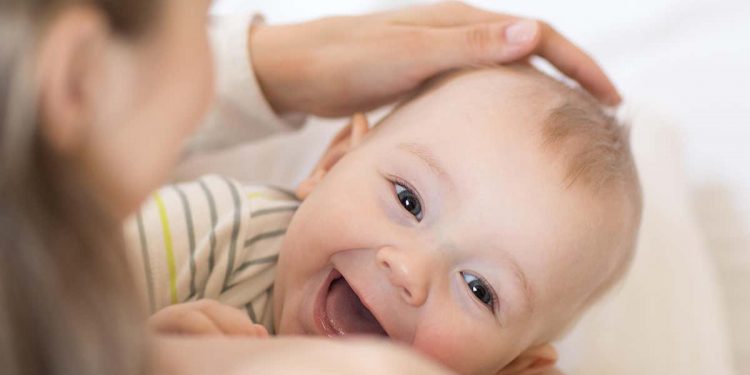New York: Even small amounts of breast milk strongly influences the accumulation of viral populations in the infant’s gut and provides a protective effect against potentially pathogenic viruses, according to a new study.
The findings expand upon prior research that suggests that breastfeeding plays a key role in the interaction between babies and the microbial environment.
This latest research, published in the journal Nature, could influence strategies for the prevention of early gastrointestinal disorders, and encourage mothers to feed babies breast milk even when mixed with formula.
“These findings can help us better understand why some babies get sick and develop life-threatening infections in their first months of life,” said study senior author Frederic Bushman from the University of Pennsylvania in the US.
For the findings, the research team measured the numbers and types of viruses in the first stool — meconium — and subsequent stools of newborns in the US and Botswana using advanced genome sequencing and other methods.
Upon delivery, babies had little or no colonization, but by one month of life populations of viruses and bacteria were well developed, with numbers of viruses reaching a billion per gram of gut contents.
Most of the first wave of viruses turned out to be predators that grow in the first bacteria that colonize the infant’s gut. Later, at four months, viruses that can replicate in human cells and potentially make humans sick were more prominent in the babies’ stools.
A strong protective effect was seen for breastfeeding, which suppressed the accumulation of these potentially pathogenic viruses.
According to the researchers, similar results were seen for infants from the US and Botswana.
The newborns’ home country also played a part in the prevalence of viral infections. Babies from Botswana were more likely to have those potentially-harmful viruses in their stools at that 4-month mark compared to the stools of babies from the US.
“Location of the mom and baby seems to play a role, probably due to the kind and number of microorganisms babies are exposed to environmentally,” said first author Guanxiang Liang.






































